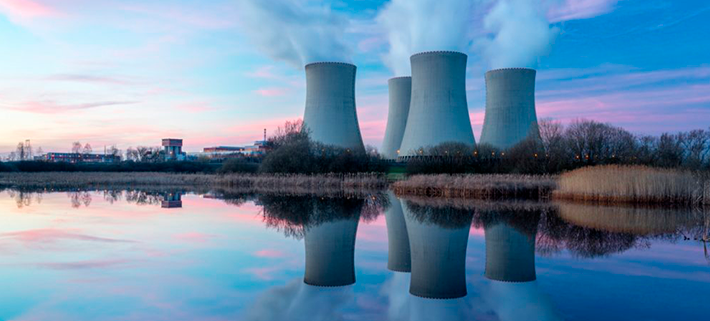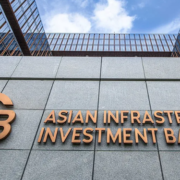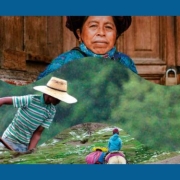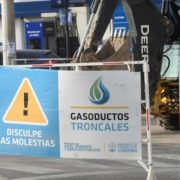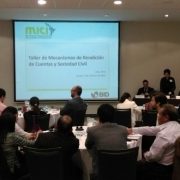Nuclear cooperation between Argentina and China advances
In November, the Argentine government plans to move forward with the signing of the contract for the construction of the fourth Hualong-type nuclear power plant, with Chinese financing.
“Below, we offer a google translate version of the original article in Spanish. This translation may not be accurate but serves as a general presentation of the article. For more accurate information, please switch to the Spanish version of the website. In addition, feel free to directly contact in English the person mentioned at the bottom of this article with regards to this topic”.
The government of Alberto Fernández advances in the signing of the contract for the fourth nuclear power plant with the Asian giant. The preliminary agreements signed in 2014 and 2015 included the construction of two nuclear reactors. One of the reactors would be made of Candu-type natural uranium, a technology that Argentina handles, and the other reactor would be Hualong-type enriched uranium, of Chinese origin.
However, in the Macri government modifications were made to the agreements with China and in 2018 it was decided to build only the Hualong-type reactor, a model that is planned to be built in this administration. This type of reactor will require an investment of USD 8 billion and for this Argentina will have to import the fuel for the plant to function, which implies that the country depends on foreign suppliers. Several specialists such as José Luis Antúnez, Andrés Kreiner, Gabriel Barceló and Eduardo Barreiro are against this type of reactor and insist on the need to continue with the natural uranium technology that uses the Candu model.
On the other hand, proponents of the construction of the Hualong reactor such as Sabino Vaca Narvaja and Isidro Baschar see its construction as a smart partnership with China that will help strengthen national development. Also, they are negotiating the possibility of the country producing the nuclear fuel that this reactor model needs and thus avoiding dependence on foreign suppliers. In addition, they highlighted that the plant will have a Chinese loan of USD 7,900 million that will begin to be paid when the reactor generates electricity, that is, in 8 years. Regarding the cancellation of the construction of the Candu reactor, Vaca Narvaja and Baschar argued that the Ministry of Energy is working to reactivate it.
Regarding the choice to build nuclear power plants instead of opting for renewable energies such as wind and solar, it raises concern not only because of the higher construction cost but also because of the risks that nuclear energy implies. Detractors of the Hualong nuclear power plant maintain that it would not even be useful to develop the scientific-technological system, that if it occurs in other types of reactors such as the Candu.
The moment chosen to advance in the construction of the nuclear power plant is also questioned since, due to the context of the economic crisis and the restructuring of the debt in which Argentina finds itself, it would not be opportune to take on debt nor is energy necessary nuclear since at present the country has no deficit in energy production.
It should be noted that the commitment to greater nuclear development is closely linked to the type of energy matrix and the development model promoted by the country. In turn, it involves and affects, directly or indirectly, a wide variety of actors. Therefore, from Fundeps we consider that this type of decision should necessarily include a deep debate at the social level, with the necessary transparency and participation of the different social actors involved. Unfortunately this does not appear to be the case.
More information
Author
Sofia Brocanelli
Contact
Gonzalo Roza, gon.roza@fundeps.org

